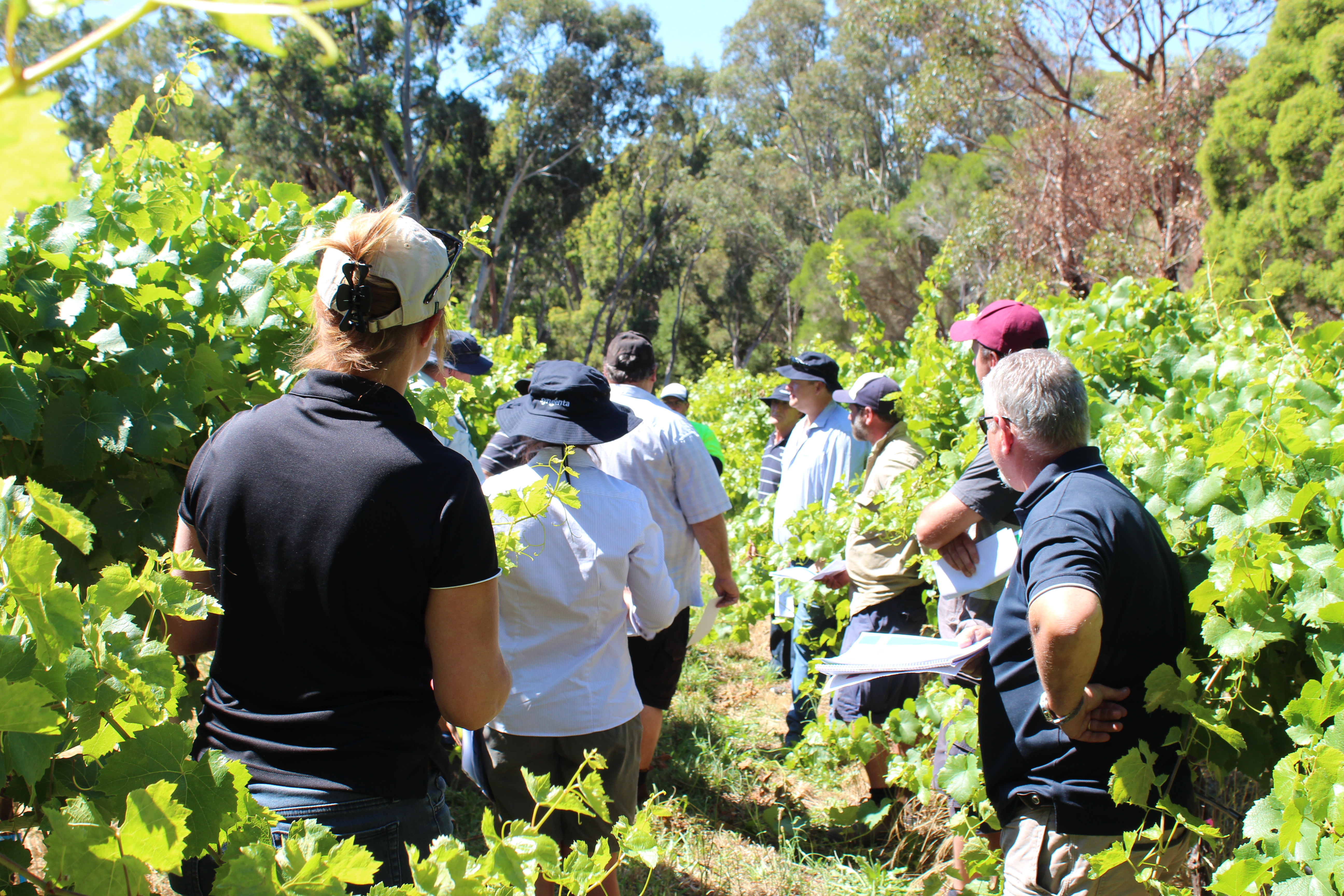
Sponsored
By Scott Mathew, solutions development technical lead at Syngenta
There’s a lot to be said for keeping it simple. Choosing the right product for the disease you’re trying to control at any particular growth stage does not need to be a complicated, drawn-out process.
At Syngenta they have developed a straightforward decision tool for botrytis management.
Botrytis infection can occur during flowering, although it is deceptive because infections remain latent (that is remains dormant in the plant tissue). It is only when conditions are right, generally towards the end of the season, when the disease expresses itself close to harvest.
Berry symptoms initially appear as water-soaked spots before the berry changes colour and the grey fungal growth appears. Botrytis spreads easily once the fungus sporulates.
Conditions at flowering are paramount to botrytis infection and will influence the severity of the infection later in the season as bunches develop. So this season, grapegrowers should take notice of the following:
- Are conditions wet (damp) with more than 5mm over 48 hours during the flowering period?
- Is there any tissue damage from insect pests (such as light brown apple moth) or wind?
- Is the flowering period prolonged?
Yes
If you answered ‘Yes’ to two or more of these questions and your vineyard is located in a known botrytis area, there is a real risk that latent botrytis infections are becoming established in the developing berries.
An application of a botryticide that offers both curative and protectant control from botrytis (e.g. SWITCH) at 80 percent cap fall should offer effective protection against latent botrytis infections.
No
If you answered ‘No’ to these questions, then application of a registered broad-spectrum fungicide at 80 percent cap fall – one that offers control of downy and powdery mildew as well as botrytis suppression – may be more appropriate.
After flowering, pre-bunch closure becomes the next critical growth stage in a botrytis management program. Pre-bunch closure is the latest growth stage at which you can effectively get a fungicide inside the bunch to protect it against botrytis, particularly infections that may develop as the fruit ripens.
Make sure that you follow the CropLife fungicide resistance management strategies when planning and applying your botrytis fungicides. Growers should contact their winery liaison officer or the Australian Wine Research Institute (AWRI) for advice on which fungicides are able to be used and when.





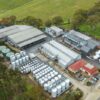
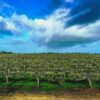



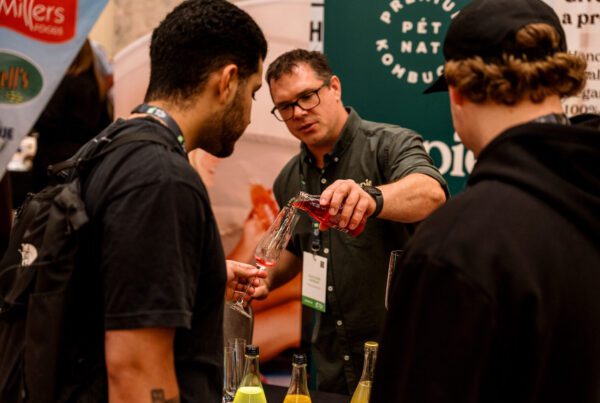
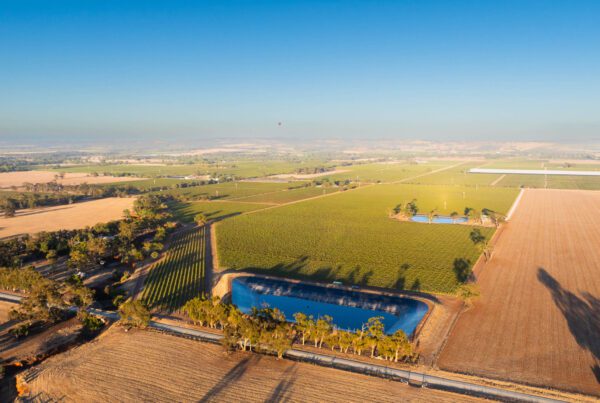

Recent Comments